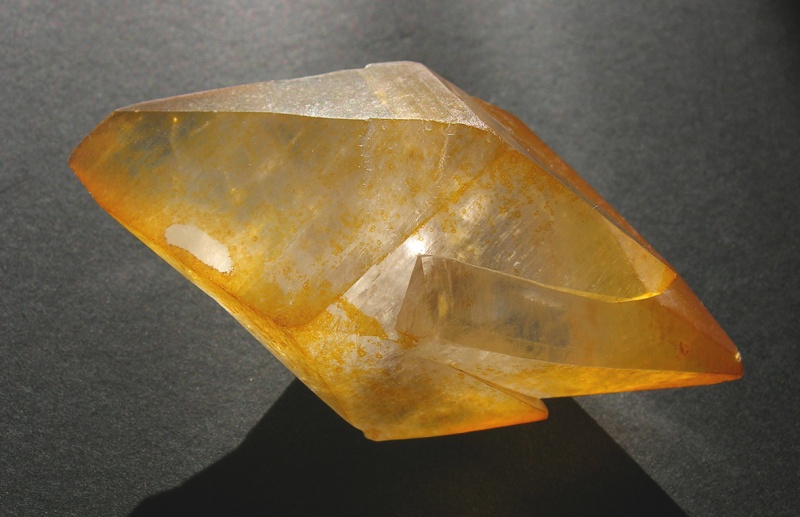Biominerals
From apm
Contents
[hide]Classified by oxoacid salt anion
Carbonates
calcium carbonate (sea shells, corals, ...):
- calcite CaCO3 – [1] – Mohs 3 (defining mineral) – trigonal
- aragonite CaCO3 – [2] – Mohs 3.5-4.0 – orthorhombic
Phosphates
calcium phosphate with crystal water (bones, enamel, ...)
- hydroxy-appatipe – [3] – Mohs 5 (defining mineral) – hexagonal
Wikipedia: (apatite)
Silicates
- hydroxy-silicates – diatoms (tiny glass making sea creatures)
(Quartz is the defining mineral for Mohs 7. Biogenic silica is likely softer though. To check.)
Sulfates (quite soft and soluble)
- gypsum CaSO4·2H2O – [4] – Mohs 2 (defining mineral) – monoclinic
- baryte BaSO4 – [5] – Mohs 3.0-3.5 – 4.3g/ccm-5.0g/ccm – orthorhombic
- celestine SrSO4 – [6] – Mohs 3-.0-3.5 – 3.95g/ccm-3.97g/ccm – orthorhombic
Simple Salts
- Fluorite CaF2 – Mohs 4 (defining mineral) – cubic
Iron minerals
- pyrite FeS2 – [7] – Mohs 6.0-6.5 – cubic
- marcasite FeS2 – [8] – Mohs 6.0-6.5 – orthorhombic
- magnetite Fe3O4 – [9] – Mohs 5.5-6.5 – cubic
- greigite Fe3S4 – [10] – Mohs 4.0-4.5 – cubic
- goethit FeO(OH) [11] – [12] – Mohs 5.9-5.5 – orthorhombic
Related
- gemstone-like compounds
- Iron cluster
- Zinc finger
- Wikipedia: Mohs_scale_of_mineral_hardness
Remaining Mohs scale defining minerals (not as bio-minerals)
- 6 orthoclase
- 7 (abiotic) quartz
- 8 topaz
- 9 sapphire (= corundum)
- 10 diamond
Related
- In solvent synthesizable gemstone-like compounds
- Technology level II
- Biomineralization
- Polyoxymetalates
External links
Wikipedia:
Interesting reprocessing use of bio-minerals:
